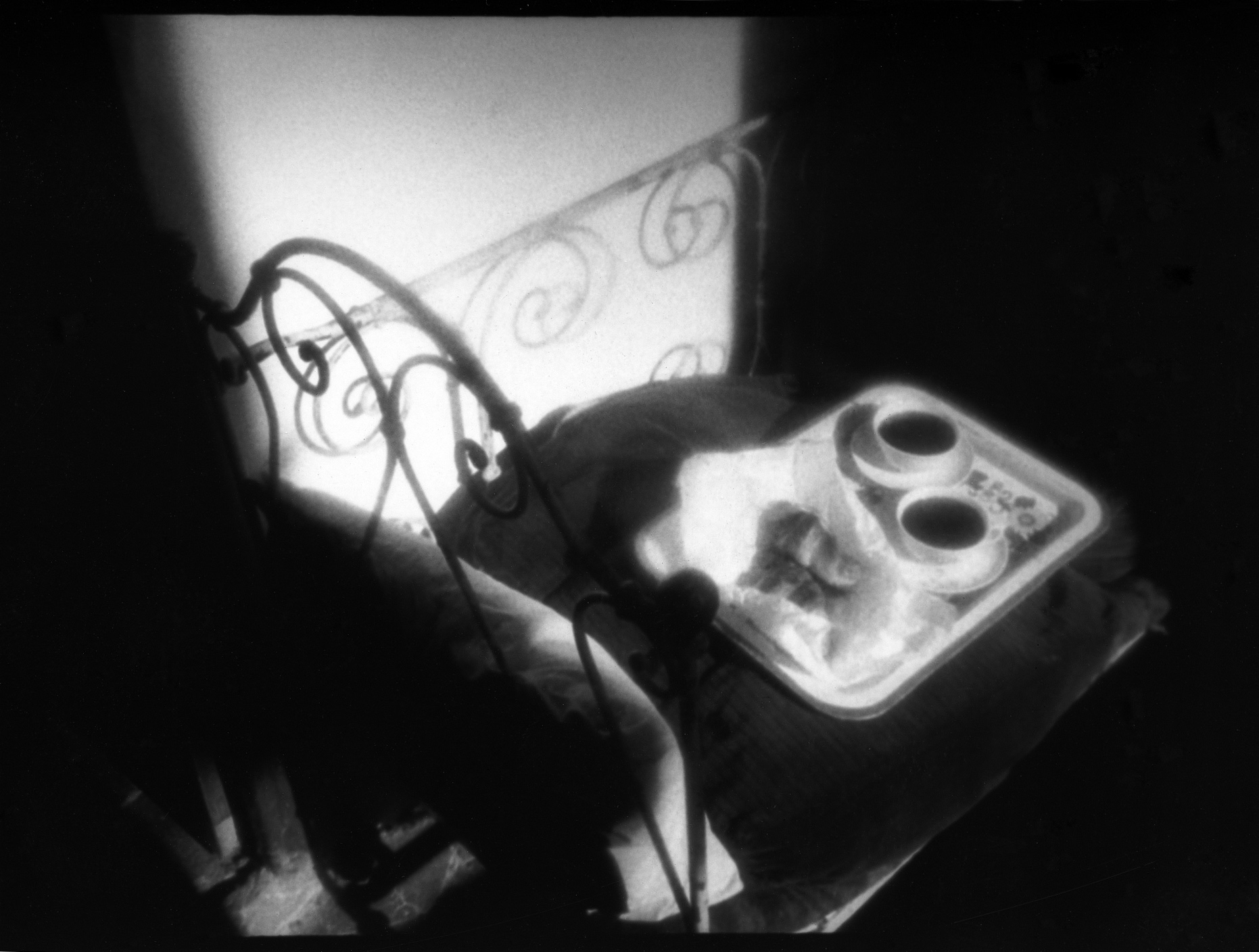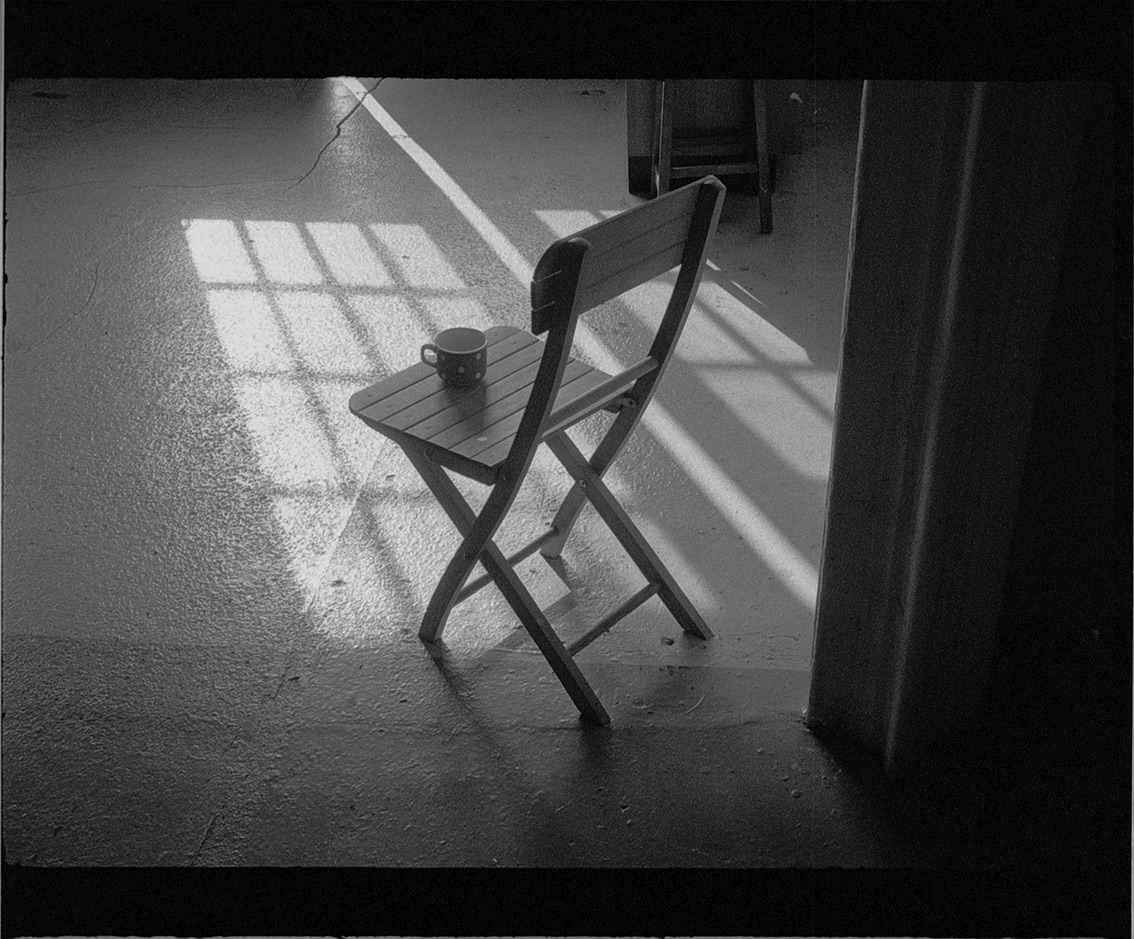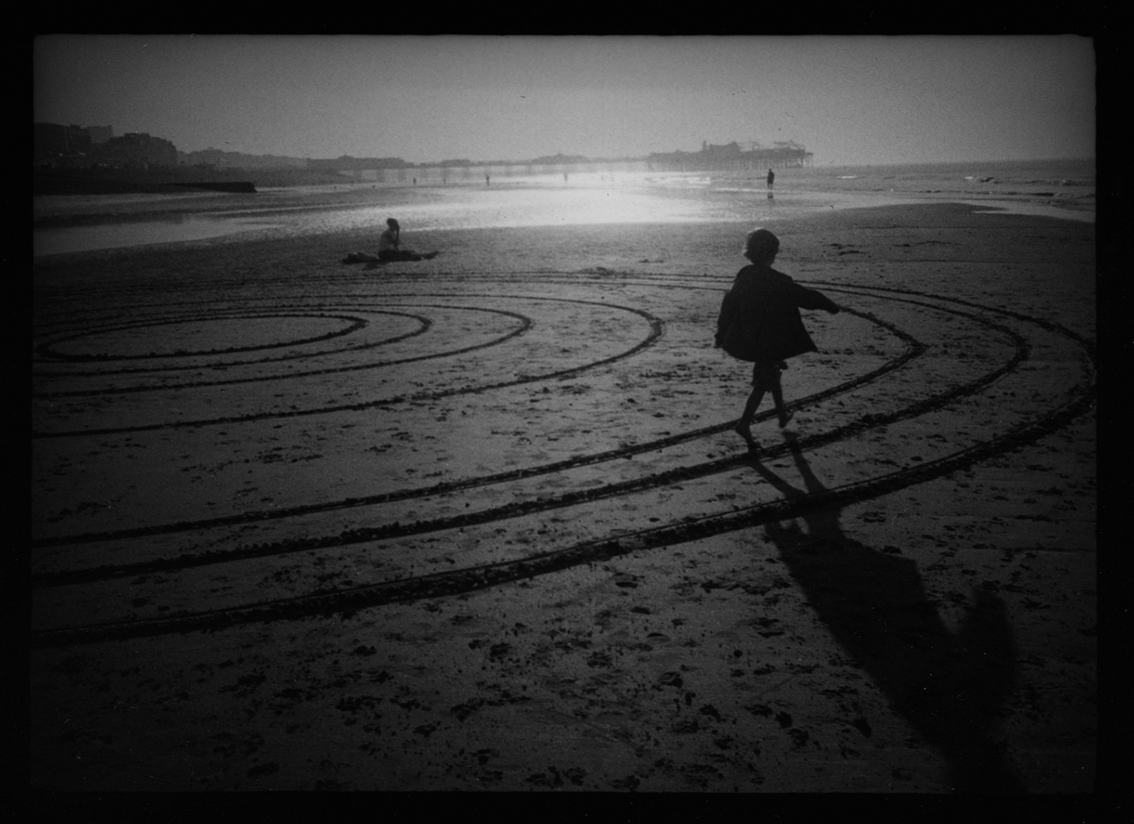“Each picture gives the impression of having a story wrapped around it.”—William Bishop, Inscape.
Photographers often pride themselves on their ability to capture the decisive moment. The work of British photographer Mick Williamson however, purposefully shuns this goal, preferring instead to focus on what might be construed as the missed opportunity. These snapshots of peripheral vision, often taken on instinct, celebrate the corners of Williamson’s worldview, the moments often uncaught by the human eye. The impression left on the observer is in fact one of continuity and duration. There is no ‘moment’, only before and after the image, directing the viewer to reconsider the continuous moment in its entirety. The image is then seen to be standing in for a continuous sequence and may be likened to the medium of film.
Williamson held the position as Head of Photography at London Metropolitan University for a number of decades. Photographing for over forty years, Williamson has exhibited his photography internationally. In 1972, seeking to capture photos of his young family, Williamson acquired an Olympus half-frame camera, the lightweight medium encouraging a looser approach to photography freed from the ‘expectations of professionalism’. Since then he is rarely seen without his half-frame, capturing the incidental and unexpected moments encountered in his daily life. Having taken at least half a million images to date, his practice takes on a meditative quality, creating poetic images dwelling in the peripheries.
Extending notions of the family album and the diary, Williamson’s ongoing long-term project explores the potential of photography as a form of memory. Seldom looking through the viewfinder, Williamson tends to shoot at arms length or at the hip. His work eschews arrangement, these beautifully hand-printed black and white images acting as a partial fragment, offering the viewer an alternative re-presentation of the quotidian.





















